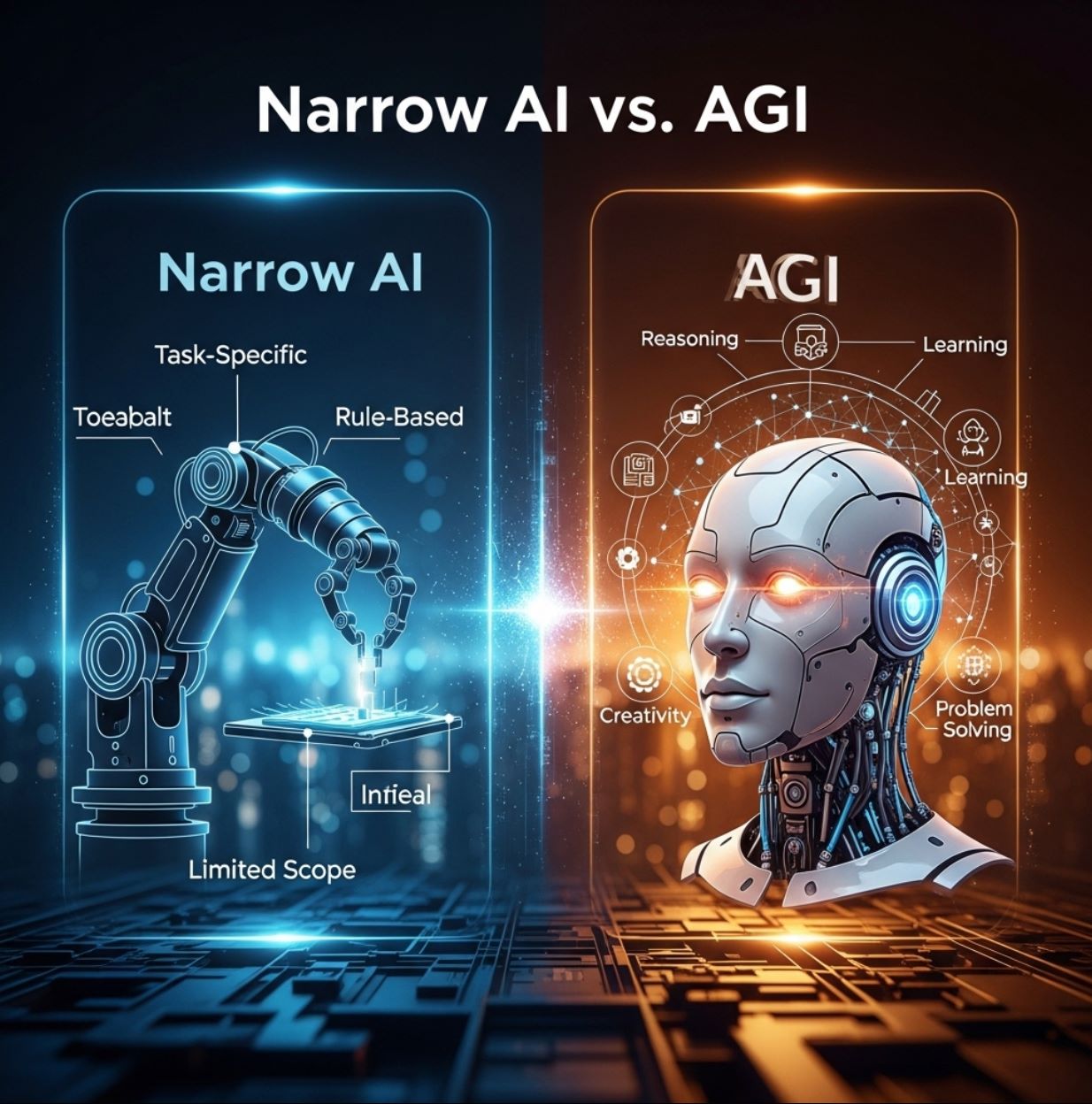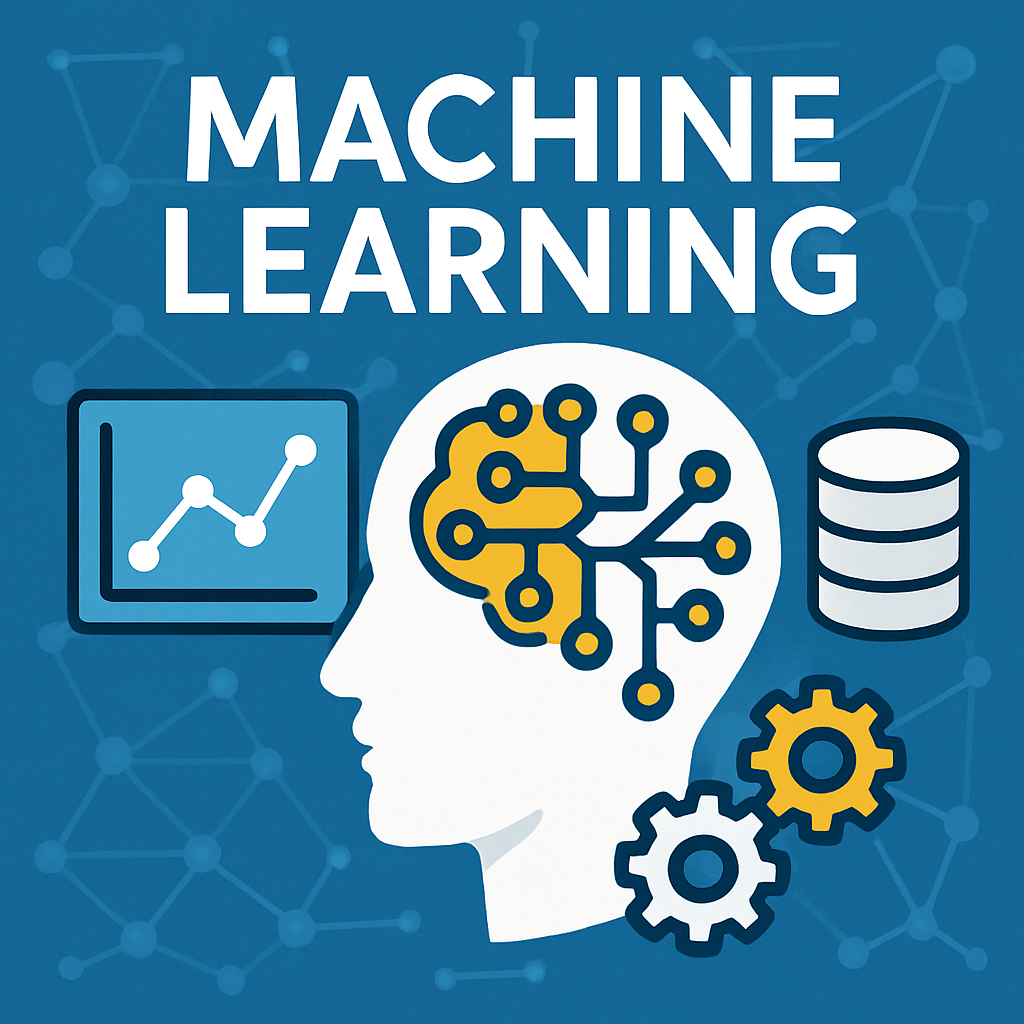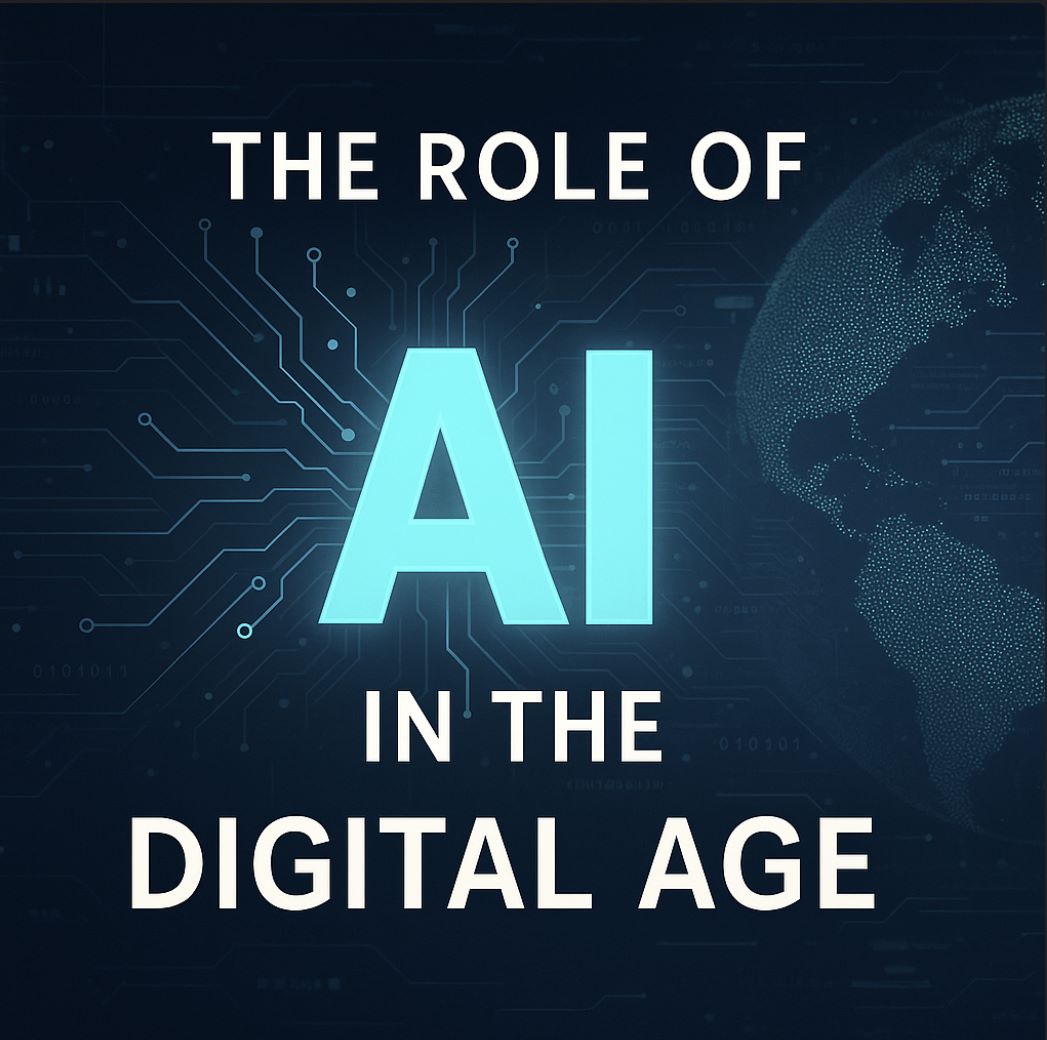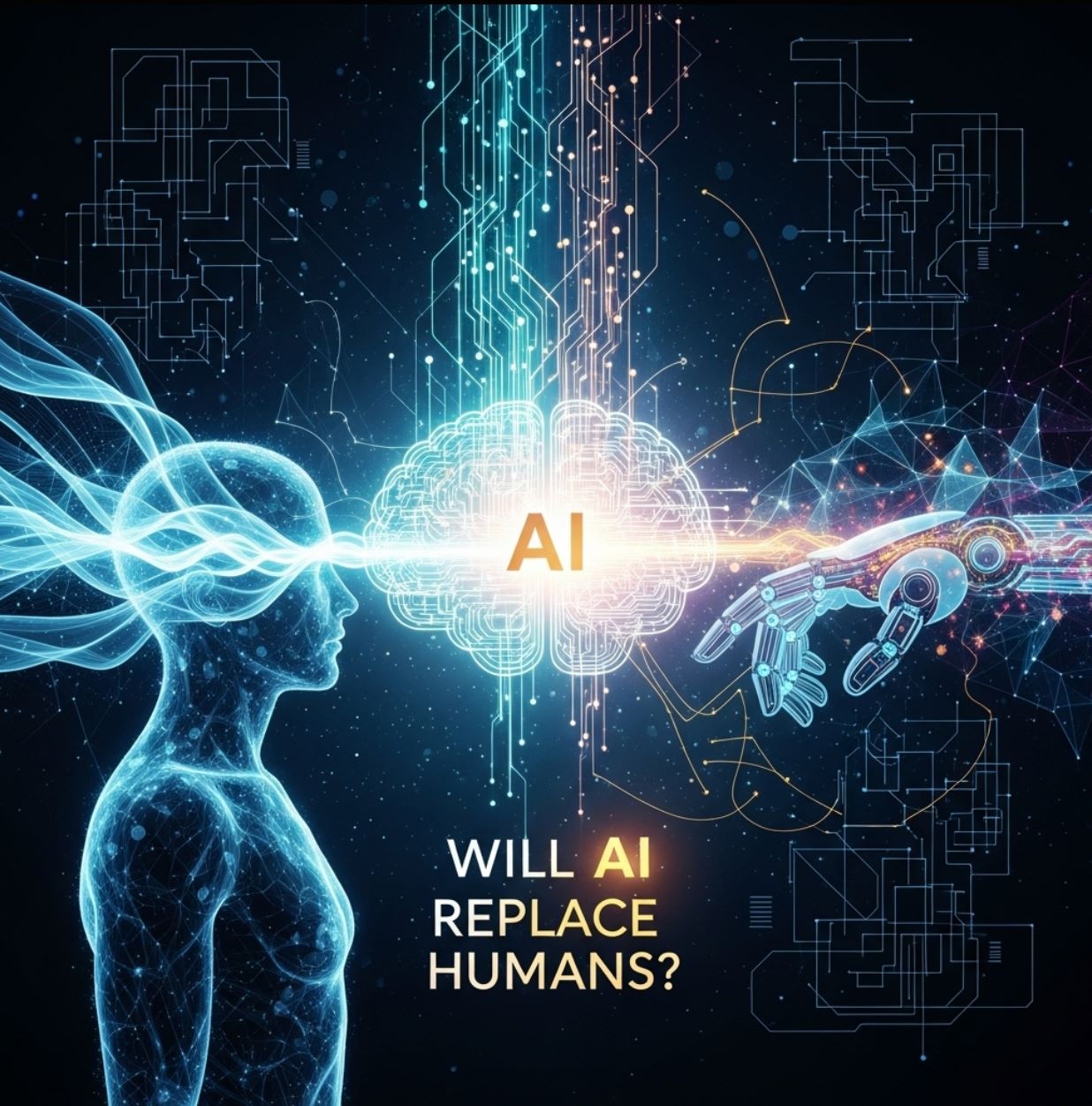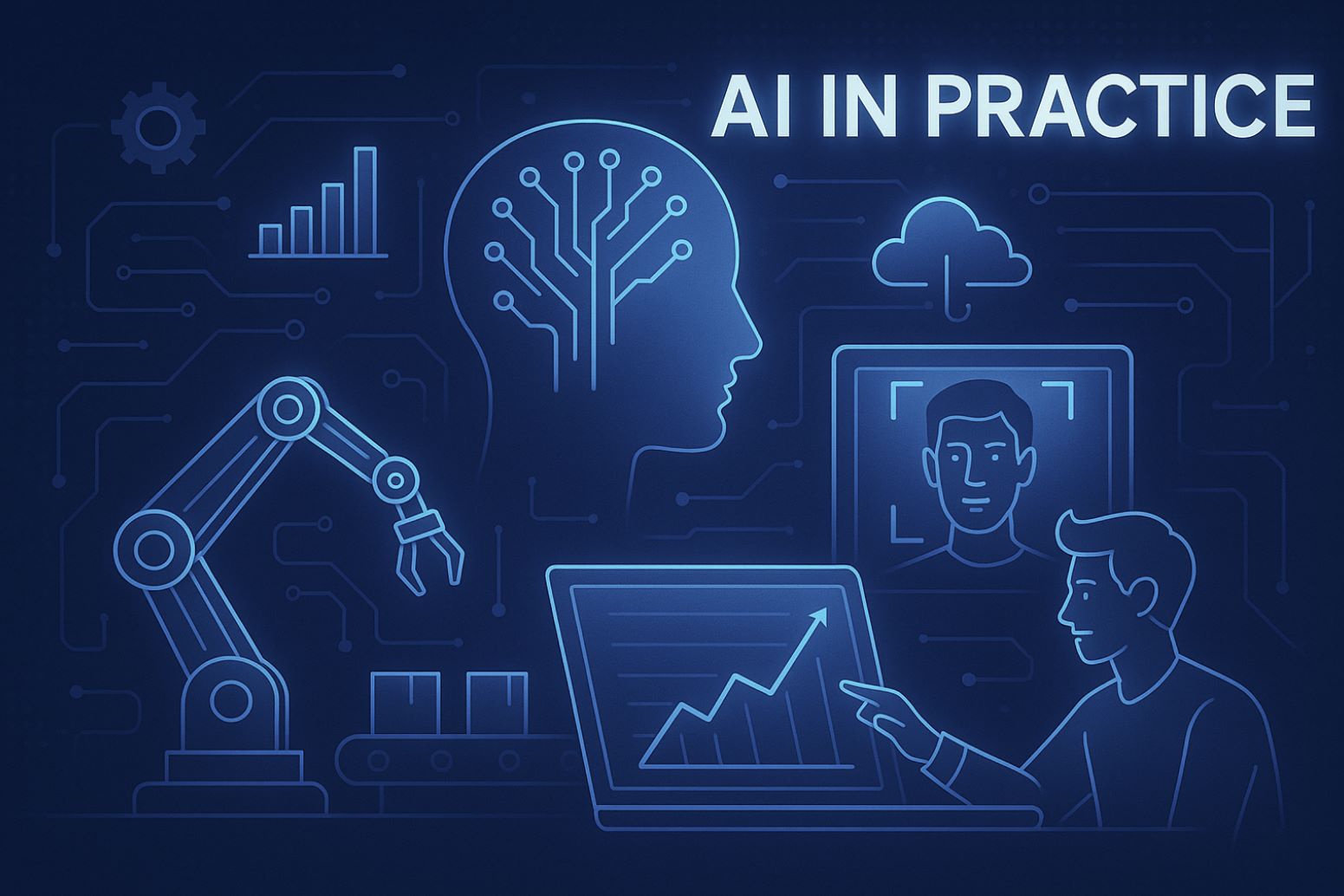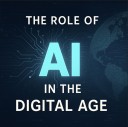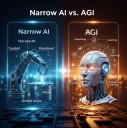AI (Artificial Intelligence) can be divided into two main types: Weak AI and Strong AI. By definition, Weak AI (also known as Narrow AI – Artificial Narrow Intelligence) is a system designed to perform a specific, narrow task. In contrast, Strong AI (also called General AI – Artificial General Intelligence) refers to an ideal system capable of handling any intellectual task like a human.
The fundamental difference is that ideal Strong AI can learn, reason, and apply knowledge flexibly across many fields like humans, while Weak AI only operates effectively within the narrow scope it was programmed for. Currently, all practical AI applications belong to the Weak AI category; Strong AI remains in the research phase and mainly theoretical.
Join INVIAI to explore these two types of AI in more detail below!
What is Weak AI? Key Characteristics
Weak AI (Artificial Narrow Intelligence) is the most common form of artificial intelligence today. These systems are trained and programmed to perform specific tasks such as image recognition, voice processing, or template-based consulting. The characteristics of Weak AI include:
- Task specialization: Weak AI focuses only on specific, predefined tasks, such as autonomous driving, basic medical diagnosis, or customer service chatbots. By concentrating on one task, they often outperform humans in that particular area.
- Data-driven: Most Weak AI uses machine learning and deep learning techniques to analyze large datasets, identify patterns, and make predictions. They "learn" only from the data provided and do not independently develop understanding beyond that information.
- No consciousness: Weak AI has no consciousness or self-awareness. It merely simulates intelligence based on algorithms and training data, without understanding or perceiving the world like humans.
- Limited capability: Because Weak AI excels at only one task, it cannot solve problems or adapt to new contexts outside its learned scope. For example, a virtual assistant can only answer programmed questions and cannot switch to other tasks like composing music or painting.
According to surveys from various sources, the concept of Weak AI is defined as a narrow artificial intelligence system dedicated to specific tasks. As VNPT AI notes, Weak AI performs well only within a narrow scope and cannot exceed the limits of its assigned tasks. On the other hand, Weak AI demonstrates high focus and accuracy in specialized applications, contributing significant value to life and work.
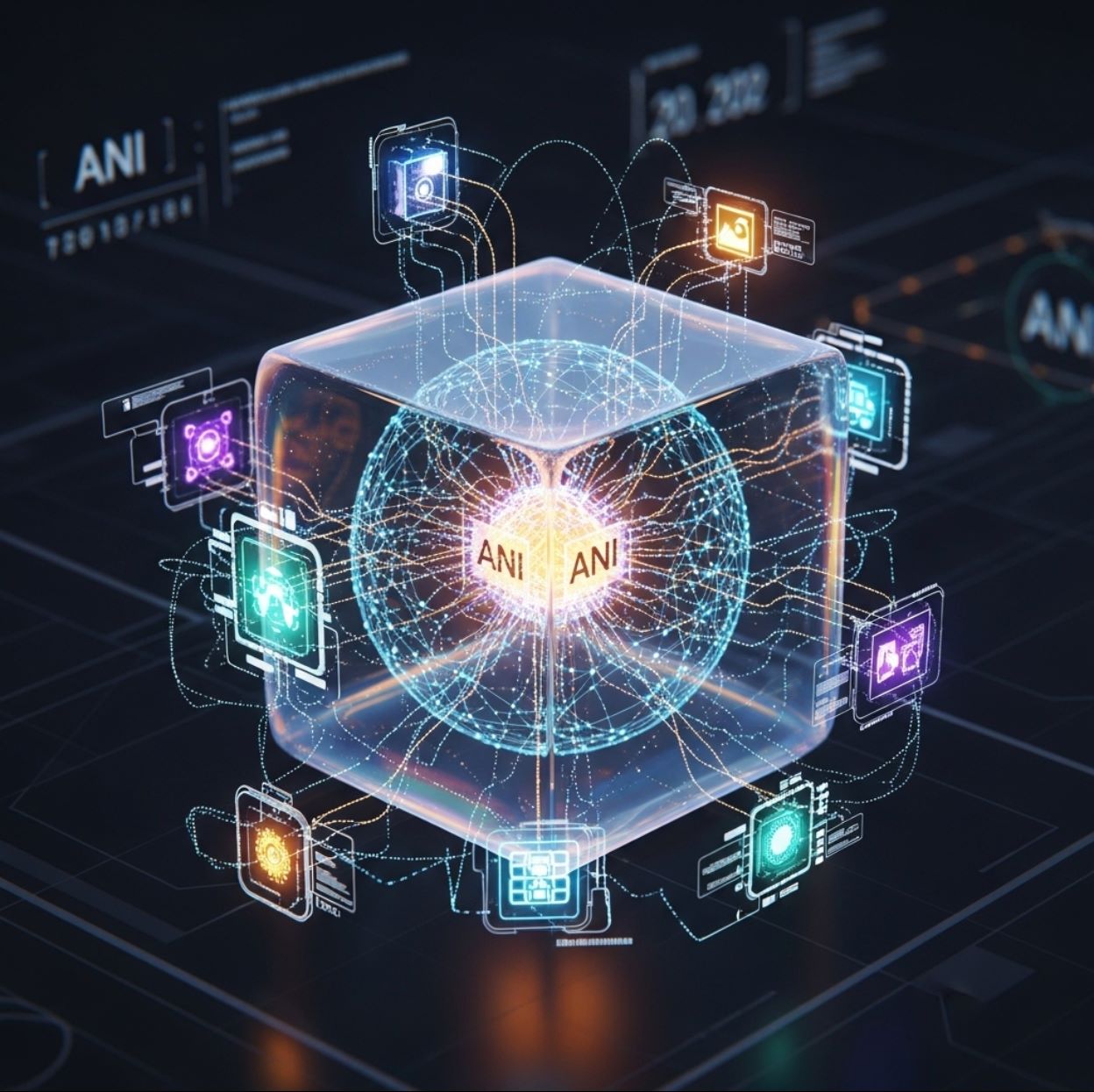
Applications of Weak AI
Currently, most AI applications around us are Weak AI. Typical examples include:
- Virtual Assistants: Systems like Siri, Google Assistant, or Amazon Alexa can recognize voice commands and perform simple tasks (setting timers, checking weather, etc.) within their programmed capabilities. Although they communicate in natural language, their responses are limited to the data they have been trained on.
- Recommendation Systems: Platforms like Netflix, YouTube, or Amazon use Weak AI to analyze users’ viewing or shopping history and suggest suitable movies or products. They leverage learning from large datasets to personalize user experiences and optimize satisfaction.
- Computer Vision: Applications for image and video recognition, such as security monitoring, photo classification in Google Photos, or self-driving car systems based on cameras, are powered by Weak AI. For example, specialized neural networks (like Ultralytics’ YOLO model) can accurately detect objects, traffic signs, or analyze medical images within specific tasks.
- Natural Language Processing (NLP) and Chatbots: Weak AI is widely used in machine translation (e.g., Google Translate), customer service chatbots, and text analysis applications. They understand and generate sentences based on learned patterns but only within limited contexts. For instance, a customer support chatbot answers questions within a company’s specific domain.
These examples show that Weak AI has already transformed many industries: from healthcare (supporting image diagnosis), finance (analyzing transaction data), manufacturing (automated quality control) to services (customer consulting) and entertainment. By optimizing processes and automating repetitive tasks, Weak AI helps people save time and improve work efficiency.

What is Strong AI?
In contrast to Weak AI, Strong AI (Artificial General Intelligence – AGI) refers to AI systems with general intelligence similar to humans. According to VNPT AI, this is a theoretical type of artificial intelligence capable of performing any intellectual task that a human can do.
Ideal Strong AI not only learns from data but can also apply knowledge to various situations without specific programming instructions. It would have the ability to reason, plan, make decisions, and adapt flexibly in new circumstances.
Currently, Strong AI remains a long-term goal of AI research with no existing systems reaching this level. Experts often describe it as a machine with "consciousness" or "creativity" at a human level. As described in an Ultralytics article, Strong AI would be capable of analyzing information and making independent decisions similar to humans.
Ideal characteristics of Strong AI include the ability to reason and solve complex problems, self-plan, and continuously learn from experience. For example, Strong AI would communicate naturally with humans through language and even create new solutions for unprecedented situations.
The concept of Strong AI is often associated with Artificial General Intelligence (AGI). According to Built In, AGI is a system "capable of operating and processing like a human" – able to learn, solve problems, and adapt similarly to natural intelligence.
However, AGI currently exists only in science fiction and theoretical problems. If a true AGI system were to exist, it could solve urgent global issues by scanning all information on the Internet – an example illustrating the vast potential of Strong AI.
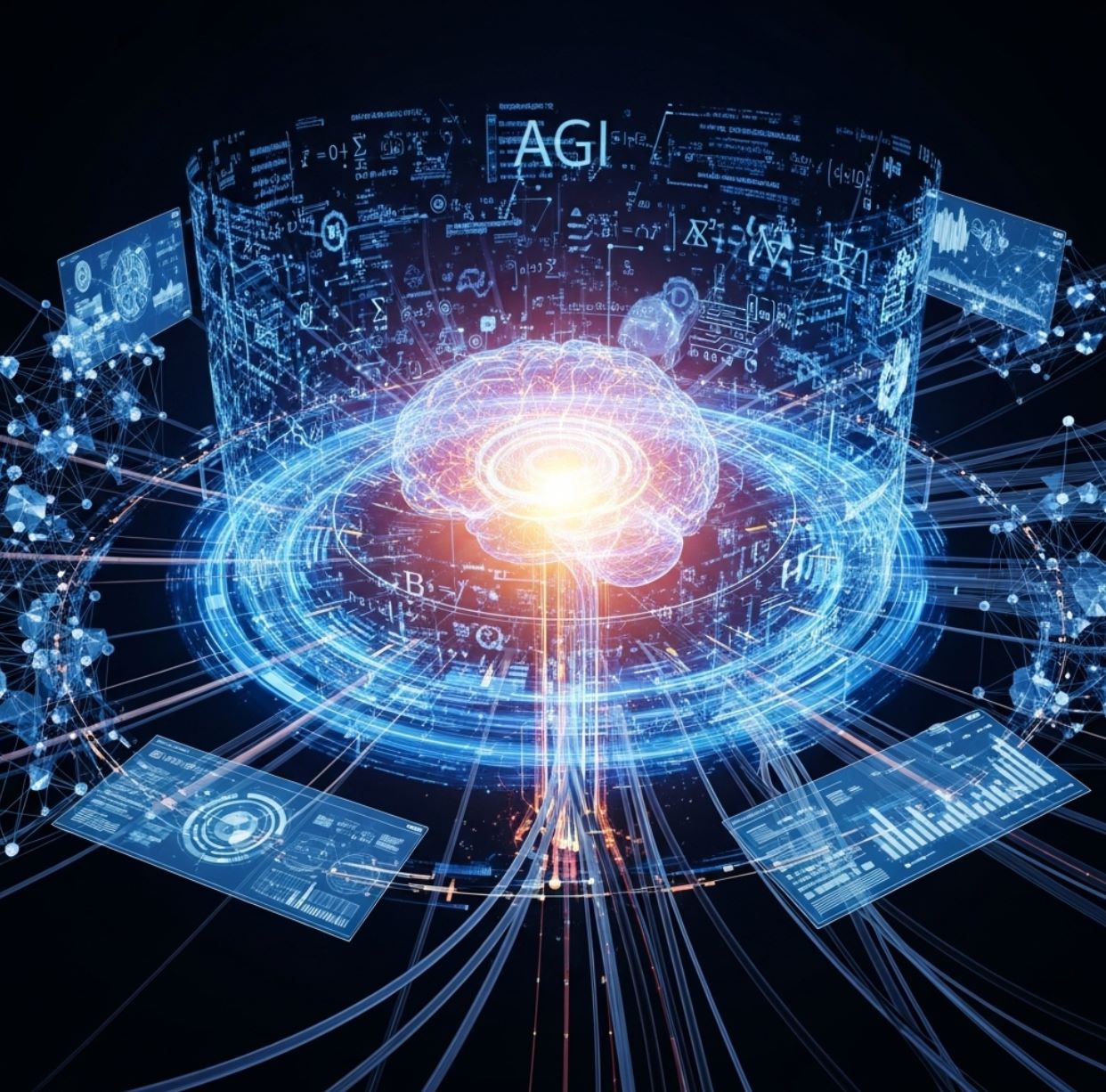
Potential and Future Applications of Strong AI
Although Strong AI is not yet realized, many studies and forecasts suggest fields it could revolutionize:
- Healthcare: Strong AI could automatically diagnose complex diseases and propose personalized treatment plans based on comprehensive patient data, including genetics, medical history, and lifestyle. For example, in drug development, Strong AI would accelerate the search for new compounds and predict their effectiveness, reducing costs and research time.
- Finance: In finance, Strong AI could analyze global markets in real-time, considering economic, political, social factors, and even natural disasters. It would continuously learn from complex data to predict market fluctuations with much higher accuracy than current narrow AI systems.
- Education: Strong AI could personalize learning paths for each student, monitor progress, and adjust teaching methods to suit individual abilities and needs. Instead of a general curriculum, this intelligent system would build customized programs based on each learner’s strengths and interests.
- Scientific and Technological Research: An ideal Strong AI system could synthesize knowledge from all fields, from engineering and environment to sociology, to find solutions for global challenges like climate change, pandemics, or clean energy. From a science fiction perspective, an AGI computer could "scan" all human knowledge to tackle the greatest challenges.
In the future, Strong AI is expected to reshape many industries. However, developing AGI poses significant ethical and safety challenges: we must ensure it operates for the common good and avoid unintended consequences.
>>> You might not know: What is Narrow AI and General AI?
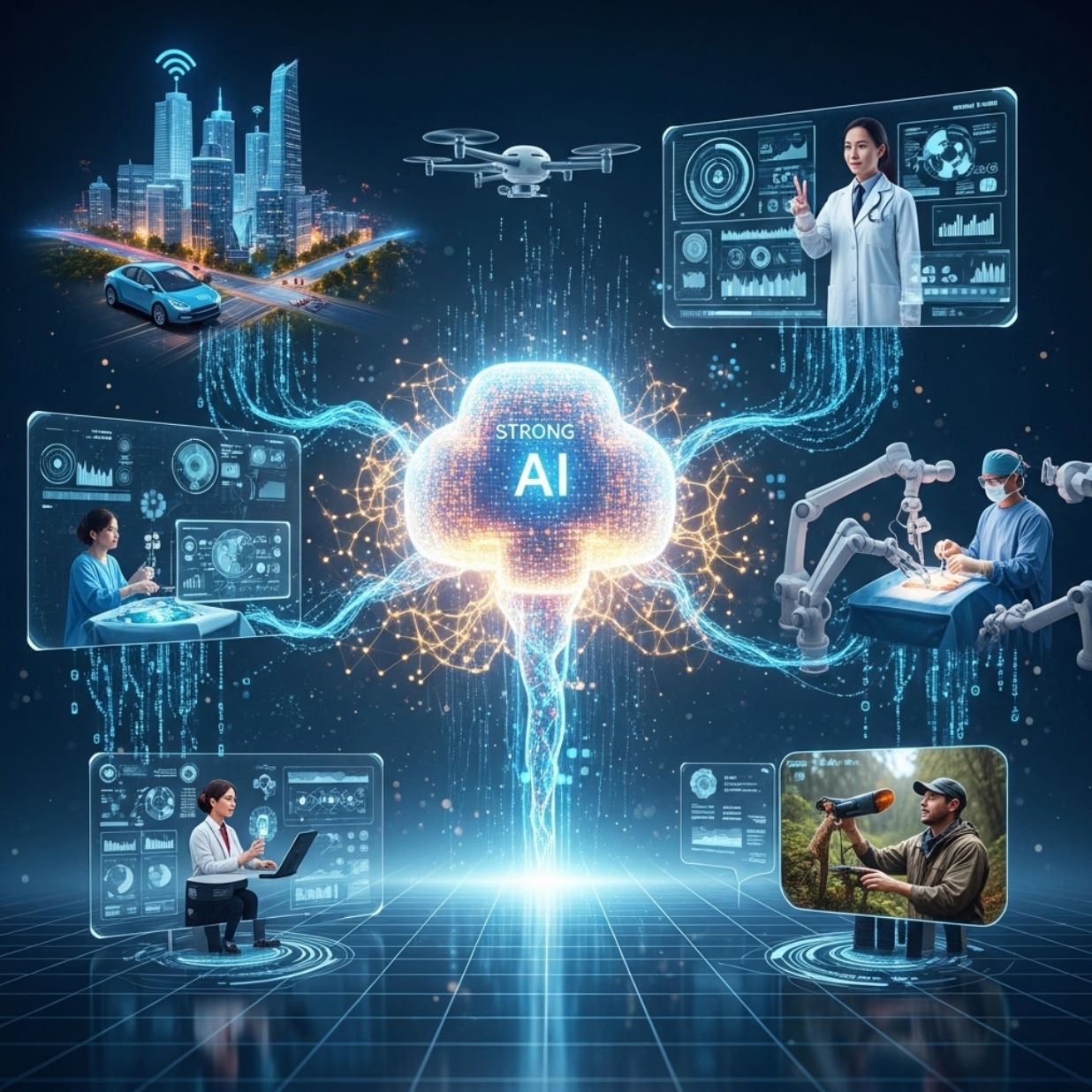
Weak AI and Strong AI are both important concepts for understanding artificial intelligence. Weak AI already exists in daily life, with specific applications such as virtual assistants, recommendation systems, or self-driving cars, delivering high efficiency in specialized tasks.
Meanwhile, Strong AI remains an unachieved goal, aiming to build "human-like intelligence" machines capable of self-learning and thinking broadly. Currently, all practical AI systems belong to Weak AI.
However, research into Strong AI continues to open vast potential for the future, promising to revolutionize healthcare, finance, education, and many other fields. Understanding the concepts and applications of these two AI types helps us steer technological development more cautiously and effectively.


